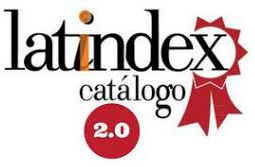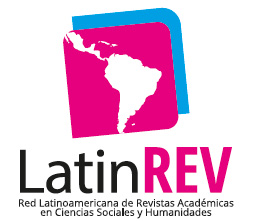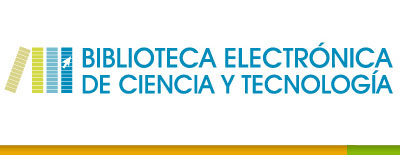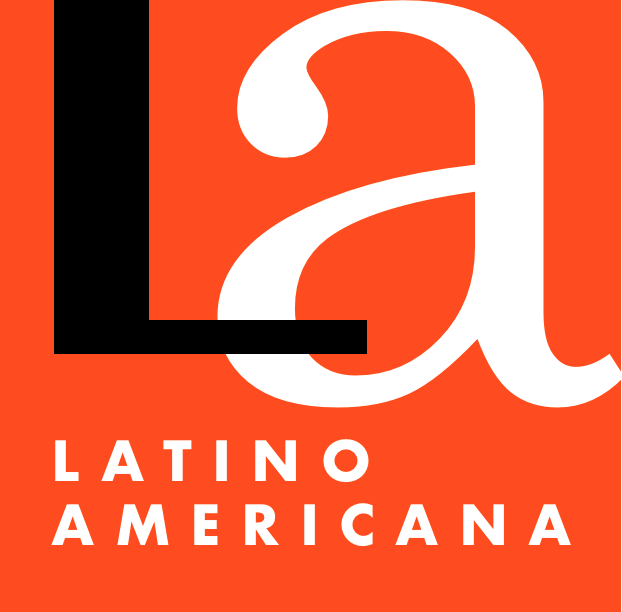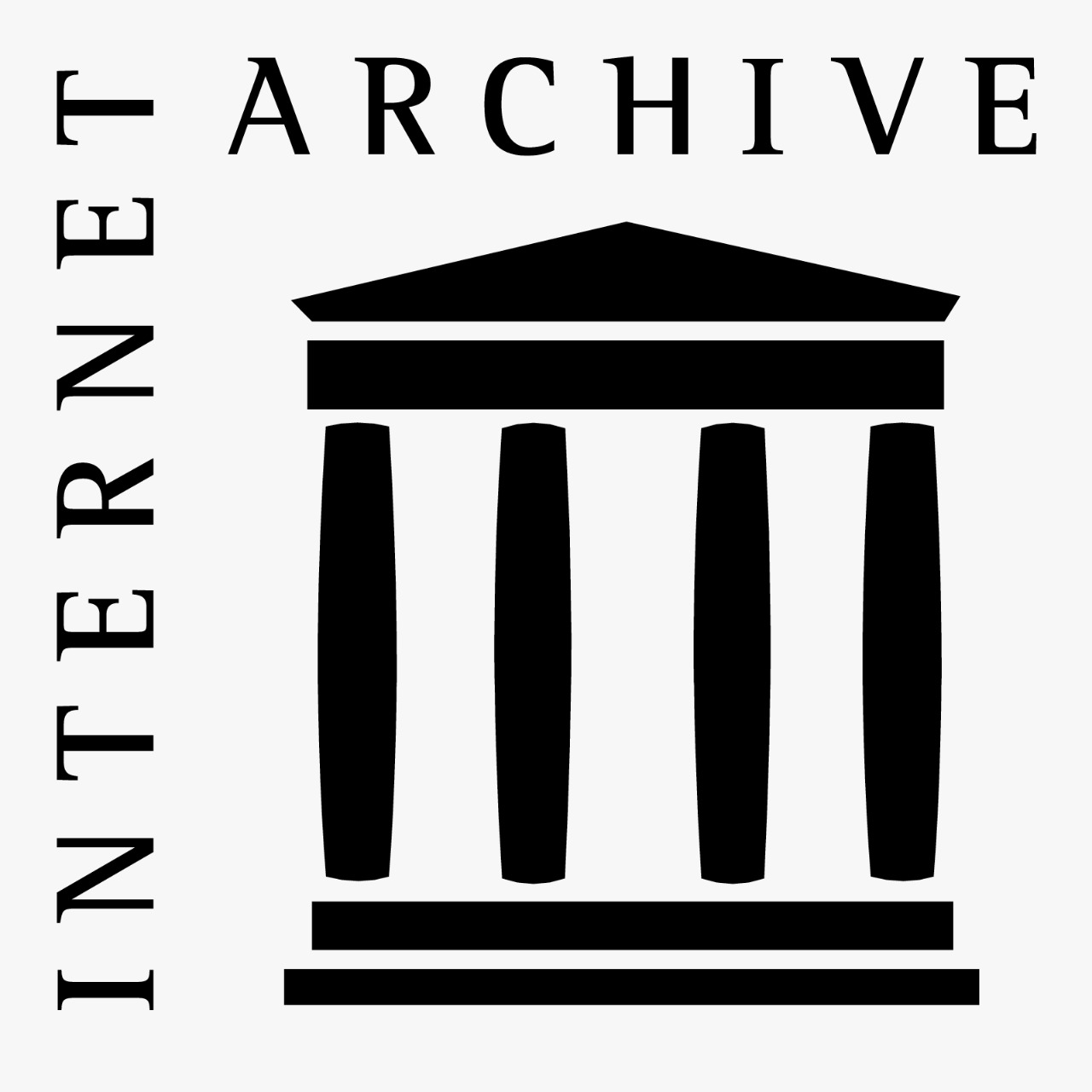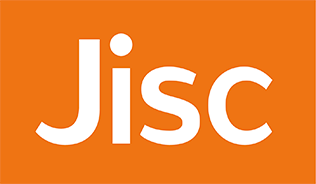Espacio audiovisual argentino
Claroscuros de un presente exitoso y de un futuro incierto
DOI:
https://doi.org/10.26422/aucom.2013.0202.marPalabras clave:
medios audiovisuales, cine, Argentina, políticas públicas, radiodifusión, legislaciónResumen
El sistema argentino de medios de radiodifusión se ha caracterizado históricamente por su estructura privada y comercial, con acciones estatales que tendieron, en la mayor parte de los procesos, a beneficiar esta lógica. Desde el advenimiento de la democracia, la ley de radiodifusión fue modificada para facilitar la creación de conglomerados, permitir el ingreso de capitales extranjeros y reforzar el sistema basado en la búsqueda de lucro. El resultado muestra que la concentración de propiedad de los medios creció de manera constante y cada nuevo gobierno reforzó la estructura heredada. Ahora bien, si se piensa en espacio audiovisual ampliado y se incluye el sector cinematográfico, el recorrido se vuelve más complejo, dada la diversidad en las políticas implementadas para cada espacio. De un lado, la regulación y la acción pública con rasgos negativos para la democratización. Del otro, una política de estado a largo plazo con beneficios para la producción nacional e interrogantes sobre el futuro. El presente trabajo realiza un recorrido por las políticas públicas de comunicación del sector audiovisual (TV y cine) en la Argentina. En primer lugar, se propone una breve sistematización de la política de cine. En segundo lugar, un análisis de la etapa abierta en 2008 y que continúa hasta la actualidad y ha puesto a los medios de comunicación en el centro del debate. Por último, se plantea un cierre con una serie de interrogantes respecto de las encrucijadas que atraviesa el sector en la dinámica actual.
Descargas
Referencias
Getino, O. (2005). Cine argentino: entre lo posible y lo deseable. Buenos Aires: Ediciones CICCUS; Instituto Nacional de Cine y Artes Audiovisuales (INCAA).
Lacunza, S. & Marino, S. (2013). “Una encrucijada para dos: Clarín y el gobierno”. En: Ámbito Financiero, 1º de noviembre, suplemento “Viernes”. Tomado de http://www.ambito.com/suplementos/viernes/noticia_suplemento.asp?ID=714083&Seccion=Secciones+Especiales
Marino, S. (2012a). Políticas de comunicación del sector audiovisual: las paradojas de modelos divergentes con resultados congruentes: los casos de la televisión por cable y el cine en Argentina entre 1989-2007 [tesis doctoral]. Buenos Aires, [defendida el 18 de abril de 2013], Universidad de Buenos Aires.
Marino, S. (2012b). CFK: “Hoy estamos cubriendo al 65% de la población argentina con la TV digital abierta. En: Chequeado.com [en línea]. Buenos Aires: Fundación La Voz Pública, 22 de febrero. Tomado de http://chequeado.com/ultimas-noticias/940-cfk-hoy-estamos-cubriendoal-65-de-la-poblacion-argentina-con-la-tv-digital-abierta-y-gratuita-para-todos.html.
Marino, S.; Mastrini, G. & Becerra, M. (2010). El proceso de regulación democrática de la comunicación en Argentina. Oficios Terrestres. La Plata: Universidad Nacional de La Plata. Facultad de Periodismo y Comunicación Social, 16 (25), p. 11-24. Disponible en internet: http://www.perio.unlp.edu.ar/oficios/documentos/pdfs/oficios_25.pdf
Mastrini, G. & Loreti, D. (2013). “Sobre el fallo de la cámara en el caso Clarín”. En: Página 12, Buenos Aires, 14 de mayo. Tomado de http://www.pagina12.com.ar/diario/ elpais/1-219941-2013-05-14.html
Rodríguez Miranda, C. (2011). Políticas públicas para la televisión digital terrestre: el proceso de adopción del sistema técnico ISDB-Tb: casos Argentina y Chile [tesis]. Maestría en industrias culturales, políticas y gestión, Universidad Nacional de Quilmes.
Sahores, E. (2013). El cine argentino en la era del “Nunca menos”: nuevos procesos de concentración y extranjerización durante el período 2009-2012 [tesina]. Buenos Aires. Licenciatura en Ciencias de la Comunicación, Facultad de Ciencias Sociales, Universidad de Buenos Aires.
Descargas
Publicado
Número
Sección
Licencia
Los autores conservan los derechos de autor y garantizan a la revista el derecho de ser la primera publicación del trabajo. En caso de que puedan publicar en otra revista una traducción del artículo ya publicado en Austral Comunicación, se pide dejar constancia en la versión traducida sobre la publicación original.
La licencia utilizada es CC BY-NC-SA, que permite compartir (copiar y redistribuir el material en cualquier medio y formato) y adaptar (remezclar, transformar y construir sobre el material) bajo los siguientes términos: atribución (reconocer la autoría) y no comercial (no se puede utilizar el material para fines comerciales). Actualización: 1 de febrero de 2022.
Austral Comunicación permite al autor(es) retener los derechos de publicación sin restricciones.






